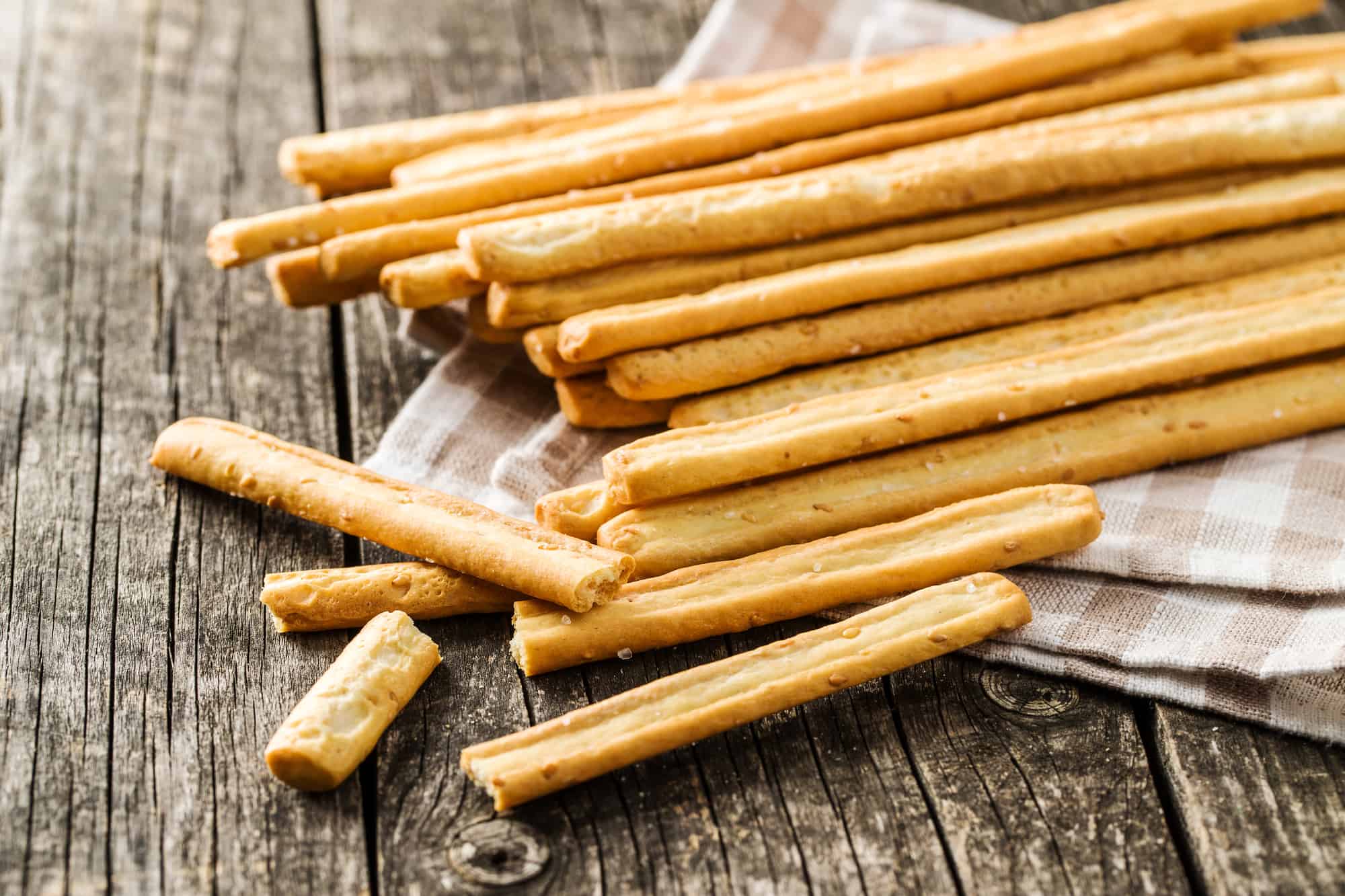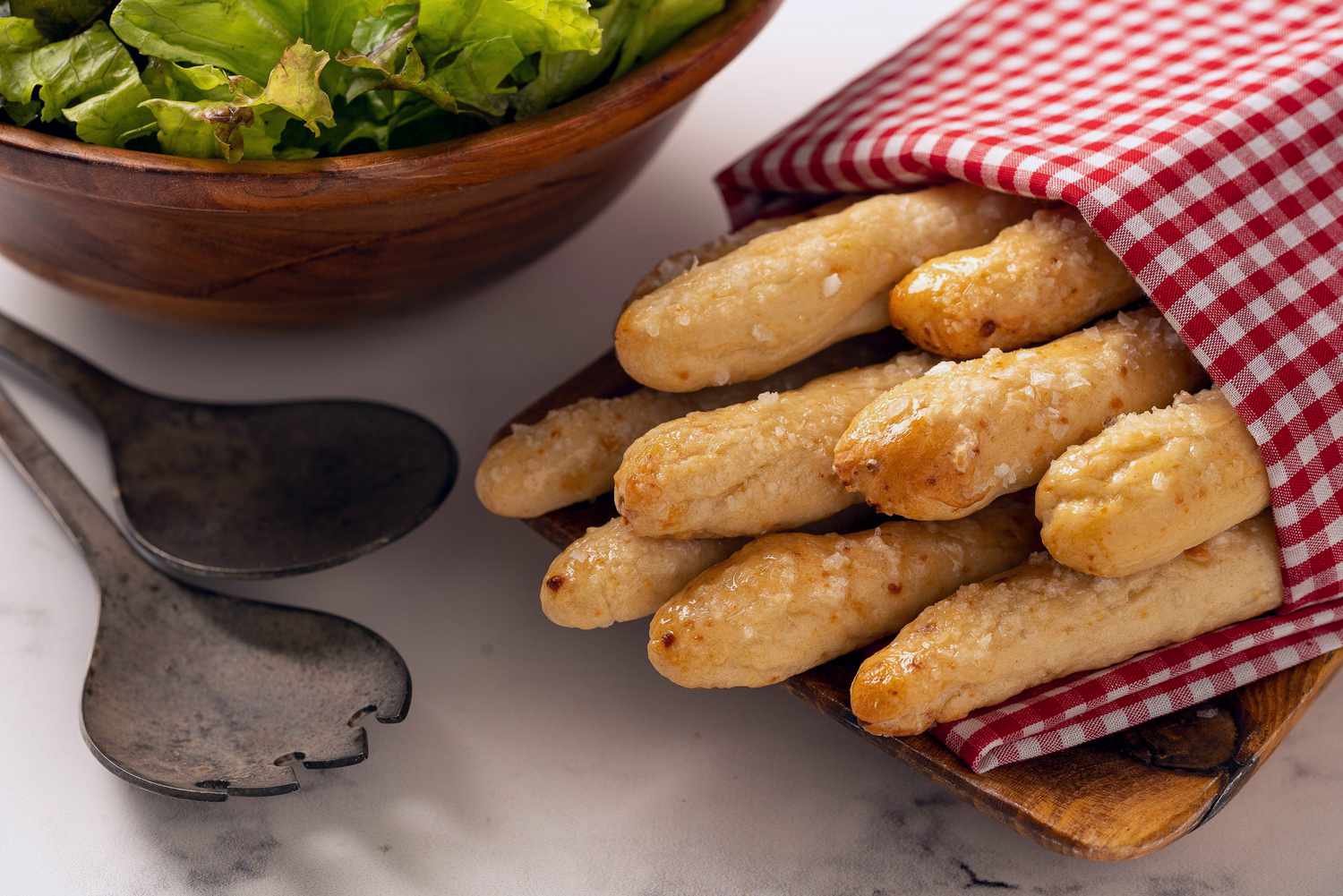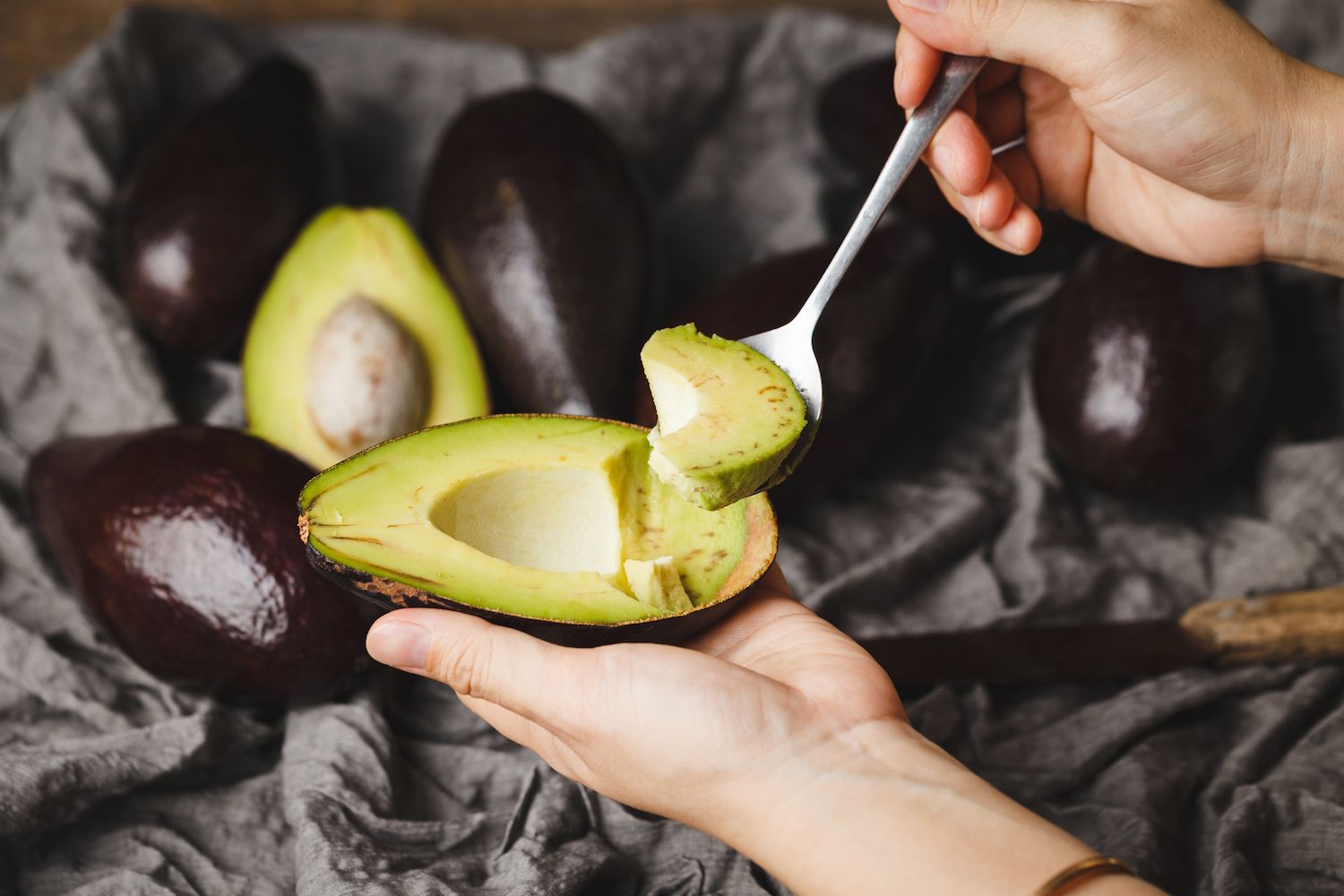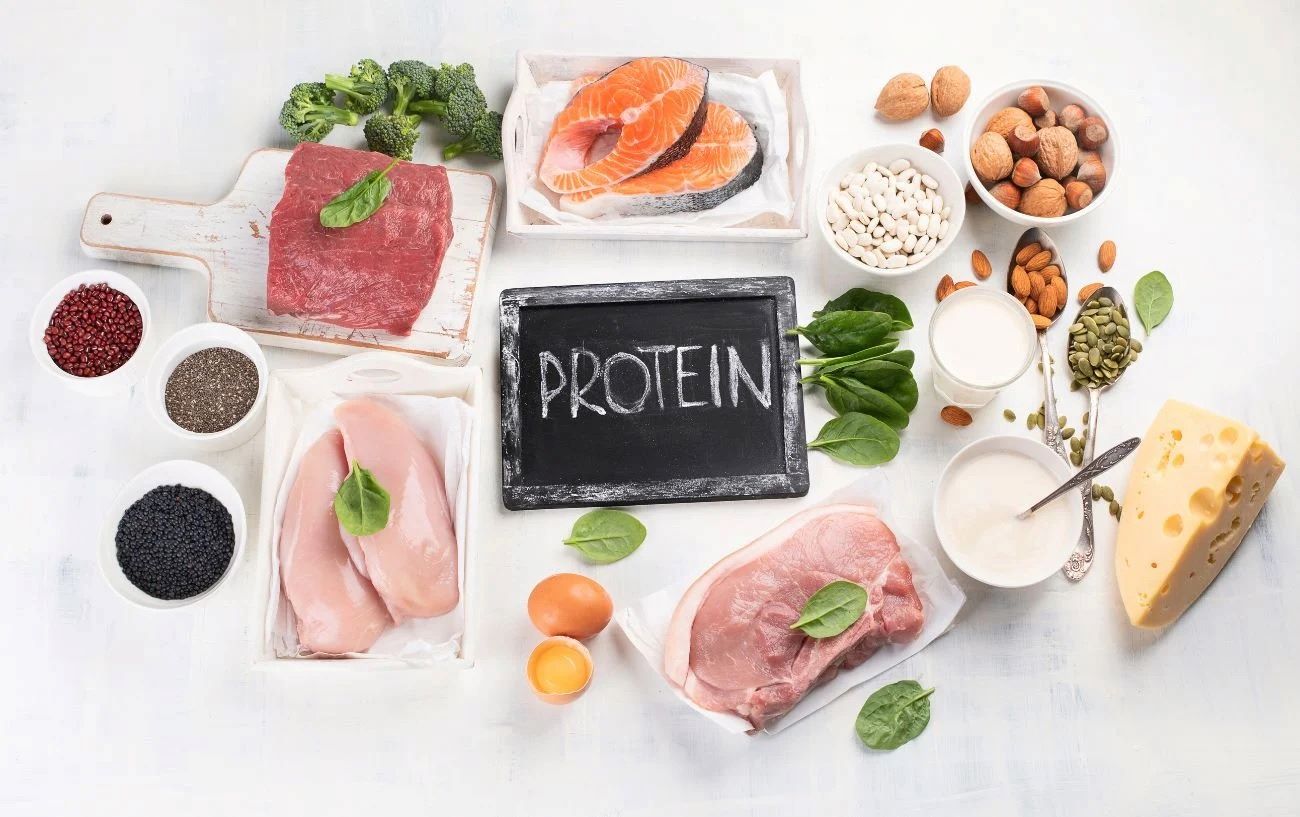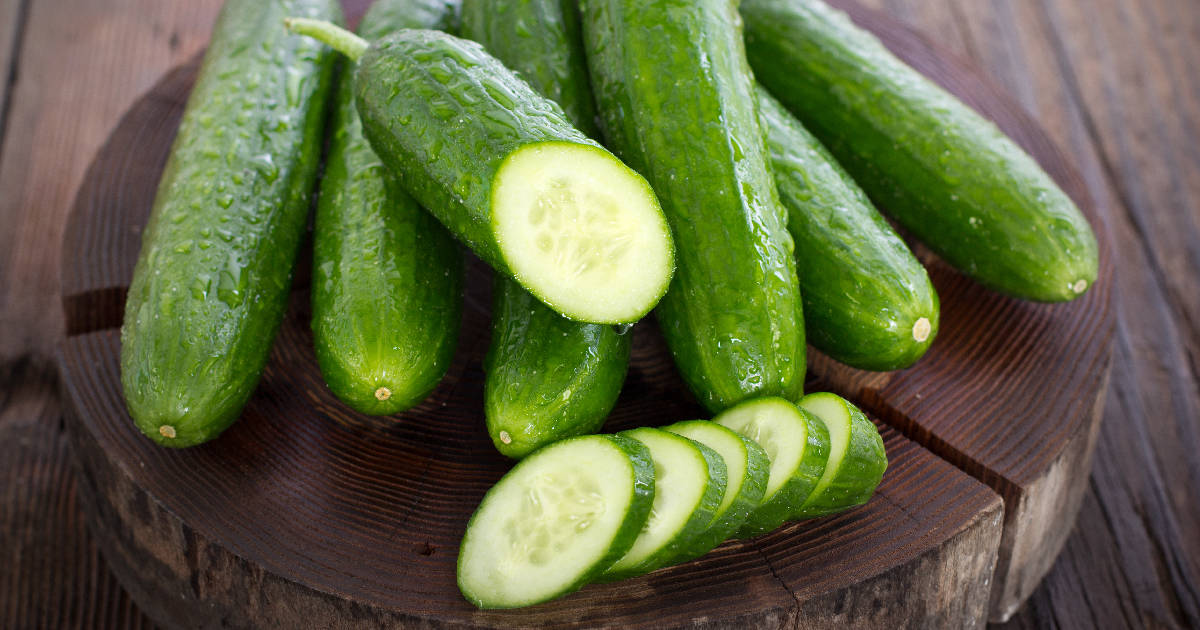Enjoying Breadsticks with Soup: A Perfect Pairing
When it comes to comfort food, few things can beat a warm bowl of soup paired with crispy, flavorful breadsticks. Whether you’re enjoying a hearty minestrone, a creamy tomato bisque, or a classic chicken noodle, breadsticks can add an extra layer of texture and taste to your meal. If you’re wondering how to make the most of this delightful combination, here are some tips on how to eat breadsticks with soup.
Choosing the Right Breadsticks
Before we dive into the art of enjoying breadsticks with soup, it’s important to start with the right breadsticks. Traditional Italian breadsticks, also known as grissini, are an excellent choice. These long, thin breadsticks are typically made with simple ingredients such as flour, water, yeast, and olive oil. Their crisp texture and subtle flavor make them an ideal accompaniment to a variety of soups.
If you prefer a bit more flavor, consider cheese or herb-infused breadsticks. These variations can add an extra dimension to your soup experience, complementing the flavors of the broth and vegetables.
Dipping and Dunking
One of the joys of eating breadsticks with soup is the opportunity to dip and dunk them into your bowl. This not only adds a satisfying crunch to each spoonful but also allows the breadsticks to soak up some of the delicious broth.
When dipping your breadsticks, consider the following techniques:
- Partial Submersion: Dip just the tip of the breadstick into the soup, allowing it to absorb a small amount of liquid without becoming too soggy.
- Full Submersion: For a more intense flavor experience, fully submerge the breadstick in the soup for a few seconds before taking a bite. This method is best for breadsticks with a sturdy texture that can hold up to the liquid.
Pairing with Different Soups
Not all soups are created equal, and the way you enjoy breadsticks with each type of soup can vary. Here are some suggestions for pairing breadsticks with different varieties of soup:
- Creamy Soups: When enjoying a creamy soup such as butternut squash or broccoli cheddar, opt for plain or lightly seasoned breadsticks. Their crispness provides a delightful contrast to the smooth, velvety texture of the soup.
- Chunky Soups: For heartier, chunky soups like minestrone or vegetable barley, consider choosing thicker breadsticks that can stand up to the substantial ingredients in the soup. The extra crunch will add a satisfying element to each bite.
- Broth-Based Soups: Lighter, broth-based soups like chicken noodle or Italian wedding soup pair well with traditional Italian breadsticks. Their delicate flavor won’t overpower the subtle broth, allowing you to savor the interplay of textures.
Enhancing the Experience
While breadsticks and soup are a delightful combination on their own, there are ways to enhance the experience even further. Consider the following ideas:
- Cheese and Herb Sprinkles: If you’re a fan of added flavor, sprinkle some grated Parmesan cheese or a pinch of dried herbs over your breadsticks before dipping them into your soup.
- Butter or Olive Oil: For an indulgent touch, brush your breadsticks with melted butter or olive oil before serving. This can elevate their richness and add a hint of decadence to each bite.
- Accompaniments: Consider serving a side of marinara sauce or pesto alongside your breadsticks and soup for an extra burst of flavor. These dips can add a new dimension to your meal.
Conclusion
When it comes to enjoying breadsticks with soup, the possibilities are endless. Whether you prefer a classic pairing or want to experiment with different flavors and textures, there’s no wrong way to savor this comforting combination. So, the next time you sit down to a steaming bowl of your favorite soup, don’t forget to reach for a handful of breadsticks and savor the delightful interplay of flavors and textures.
